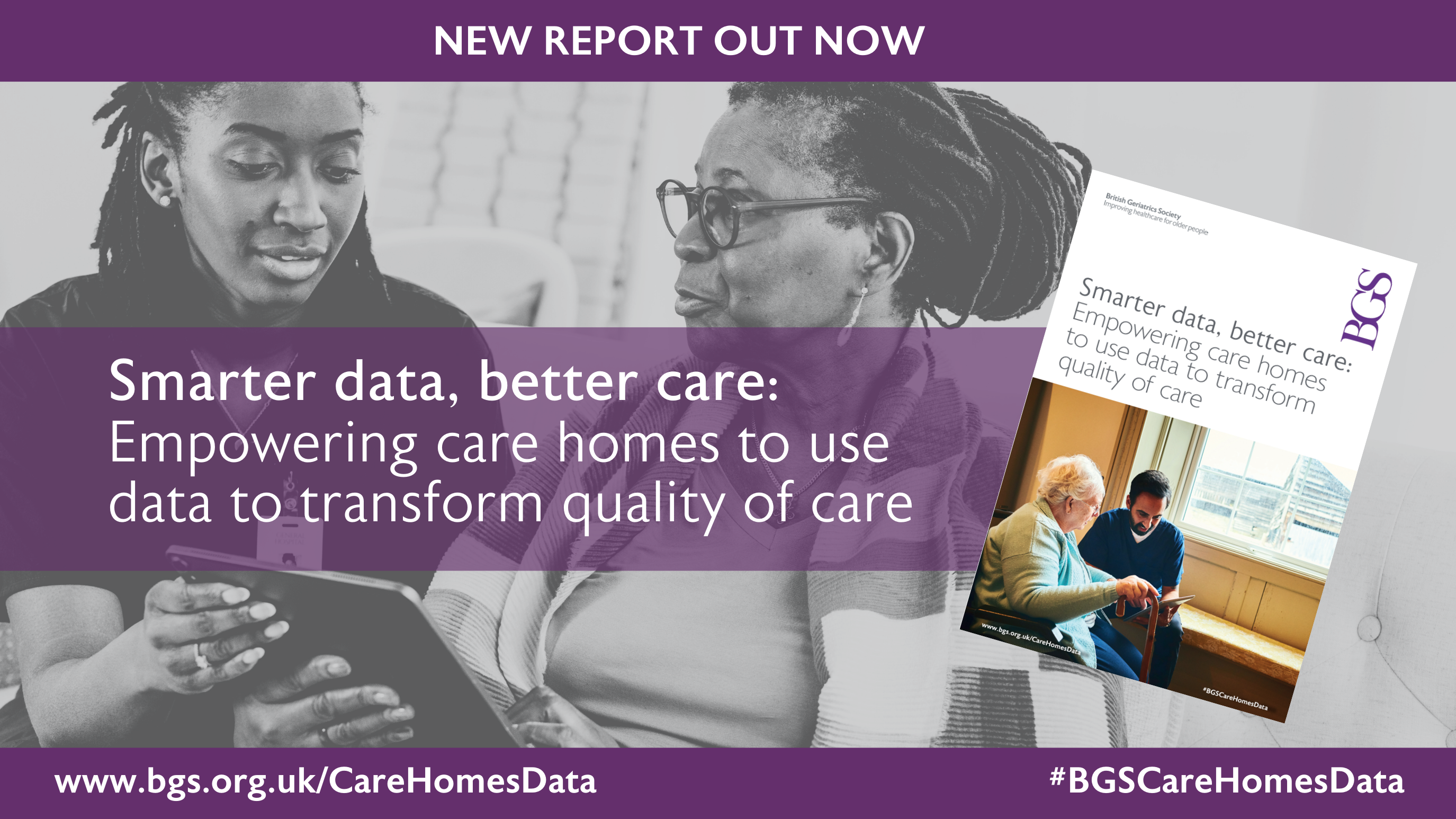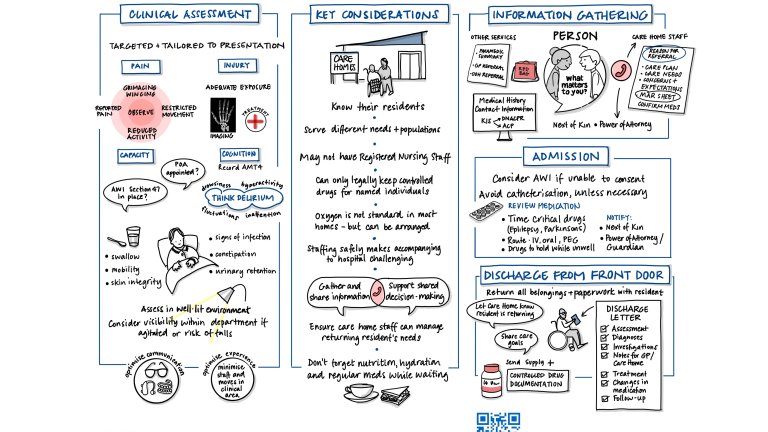Jenni Burton is a Specialist Registrar and NHS Education for Scotland/Chief Scientist Office Postdoctoral Clinical Lecturer in Geriatric Medicine at the University of Glasgow. Here she writes about her research published in Age and Ageing. She tweets @JenniKBurton
The UnPiCD study started back in 2015 as part of my mixed-methods PhD research. I wanted to explore transitions into care homes considering those who go directly from hospital with those who move-in from the community. Moving-in to a care home is a significant life event for the person, their family and friends which comes with significant costs. However, it can be a positive move, meeting specialist needs which cannot be supported elsewhere in the community. Nonetheless, it is an area of limited research despite interest from the public, practitioners and policymakers alike.
Analysing linked large-scale routinely collected datasets (i.e. the data which are generated from the day-to-day use of health and social care services) was promoted as a timely, cost-effective and powerful way of looking at real-life experiences at scale. Using social care data sources linked to health data was considered innovative. Thus, I embarked on this journey joining a Scottish social care data source (the Scottish Care Home Census, SCHC) with NHS Scotland health data on hospitalisations, community prescribing, long-term conditions and mortality to try to describe pathways into care homes. The SCHC is an unusual resource as it is open to all adult care home services, irrespective of sector or funding of care provision and is completed by care homes directly.
Linking new data sources is time-consuming and it is important for others not to under-estimate the challenges of using a data source whose meaning and purpose hasn’t been explored before. This ranged from securing permission to use the data, ensuring the right information was available and working through issues of data quality and interpretation. This required engagement with a range of stakeholders, including care homes, to understand how information is completed and submitted.
However, the result is a study examining over 23,000 individuals moving-in to a care home in Scotland over a three-year period. It identified, for the first time in a research context, important clinical differences between those who move-in directly from hospital to those moving-in from the community. Although this finding is not surprising to practitioners, it is important when considering how we best design services to support people making the move to consider the pathways separately. In addition, as pressures on care home services, social work teams and acute hospitals result in reallocations of resources to improve ‘flow’ it is important to consider the impacts on the individuals at the heart of the process and ensure we can evaluate these changes and their outcomes.
While adding to our understanding about care home pathways, the research also raises some important insights for other data-informed research in older people. For example, it highlights the extent to which common conditions in older people such as depression and incontinence are under-represented in hospital data. No one had a recorded diagnosis of delirium superimposed on dementia, despite the prevalence of this important condition. These findings relate to how diagnoses are coded but is important in how we assign attributes such as multimorbidity or describe frailty syndromes in hospitalised populations. Similarly, conditions impacting vision, hearing and mobility which may be recorded in primary care data, were not available for linkage as we do not have linkable national primary care data. Despite this, the availability of health data dominated the sample and there was a lack of meaningful information about the social care needs and priorities of our participants.
The pandemic shone a light on the need to have improved data on those living in care homes, on a temporary or permanent basis. We’ve previously identified seven key actions required to address the data gap and some key principles which should underpin the approach. I am a passionate enthusiast for the role of linking large-scale cross-sectoral routinely collected data as a tool for generating insights, understanding and evidence about services to support older people. However, there is a need to temper the enthusiasm for data-driven innovation with recognition of the fallibilities of routine data (in the NHS and social care sectors) and the need to take time understanding meaning, working collaboratively with data providers and embedding measurement of things which matter, rather than just things which are readily countable.
I am extremely grateful to the Dunhill Medical Trust for funding this research and look forward to sharing further insights in due course. To find out more about the study and follow our progress, visit: www.h2chresearch.org.uk/unpicd.htm.
Read the Age and Ageing paper 'Understanding Pathways into Care homes using Data (UnPiCD study): a retrospective cohort study using national linked health and social care data'.


